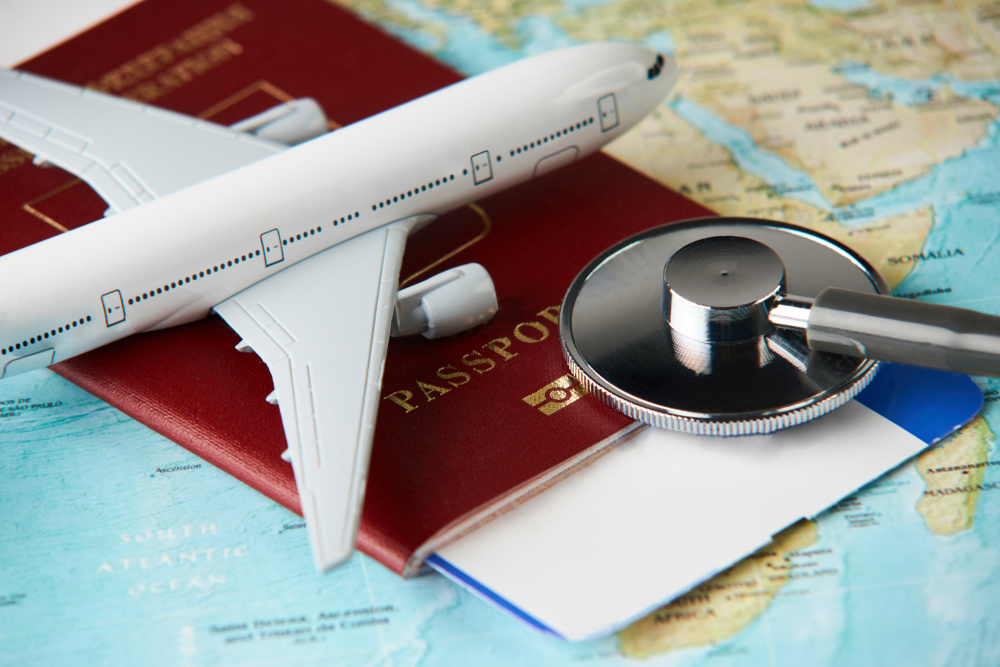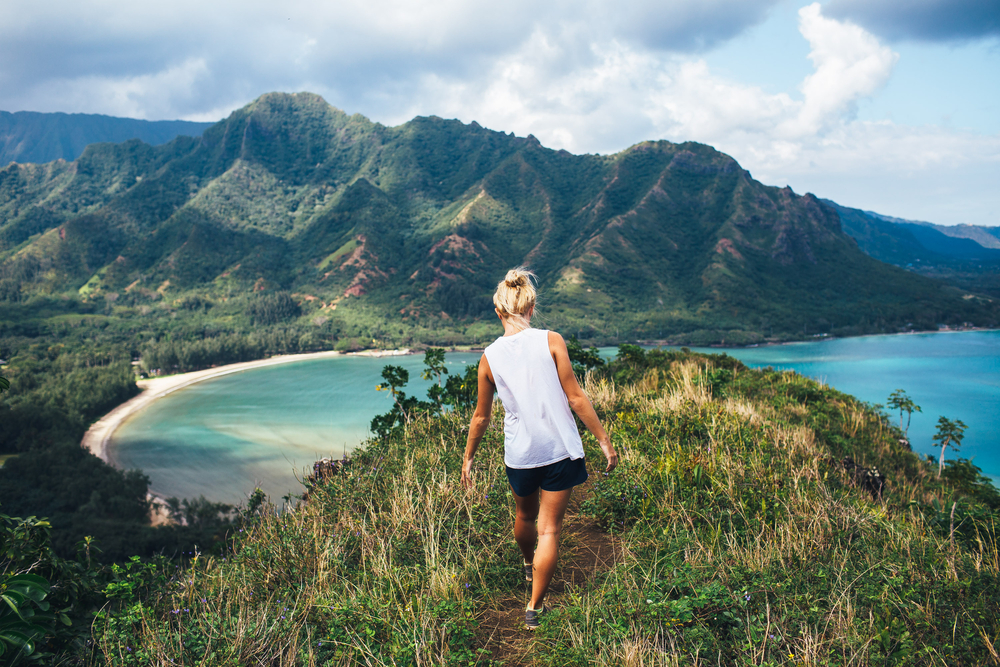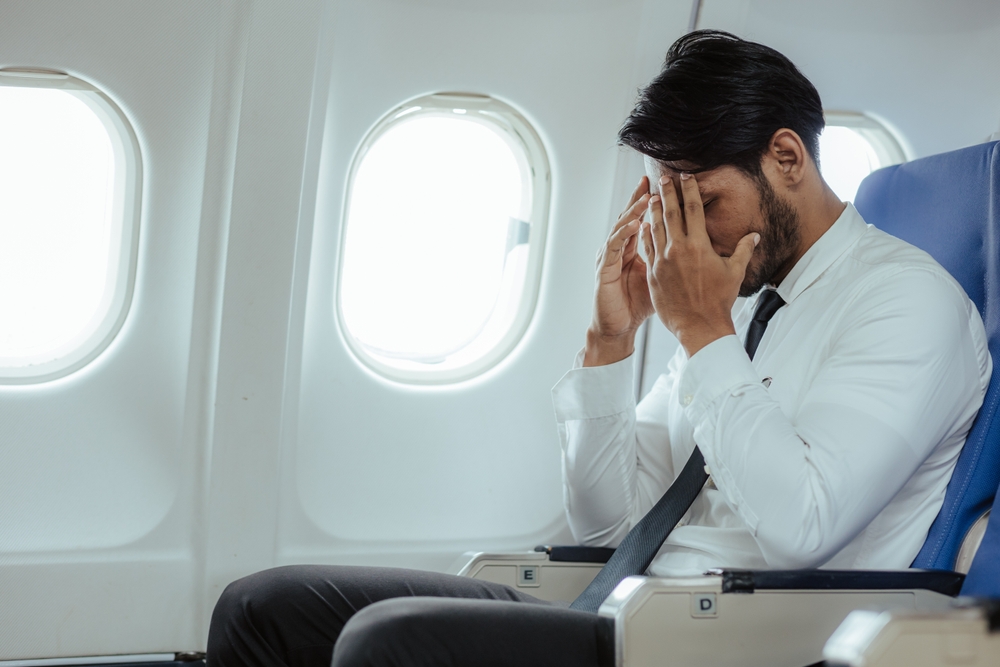Traditional workouts that require no equipment play a crucial role in maintaining physical health, especially during travel. These exercises offer a myriad of benefits, including improved cardiovascular health, enhanced muscle strength and endurance, and increased flexibility.
No-equipment workouts are highly adaptable and can be tailored to suit individual fitness levels and goals, says professional body builder Chitharesh Kongarampilly Natesan, also known as the Indian Monster. “Whether you’re on a business trip, vacation, or weekend getaway, these exercises provide a convenient and cost-effective way to stay in shape without the need for special equipment or gym memberships.”
Here are Natesan’s pick of 7 practical exercises that can keep you in shape wherever you are:
Jumping jacks:
Jumping jacks provide an excellent full-body workout. They raise your heart rate, promote cardiovascular health, and burn calories. To perform, stand with your feet together and your hands at your sides. Jump up, spread your legs shoulder-width apart, and raise your arms above your head. Return to your starting place and repeat.
Push-ups:
Push-ups build muscle in the chest, shoulders, triceps, and core. Begin in a plank stance, hands slightly wider than shoulder width apart. Lower your body until your chest is almost touching the floor, then push yourself back up. If required, perform the exercises on your knees.
Plank:
The plank exercise is helpful for core strength. Start on your hands and knees, then extend your legs back and draw a straight line from head to heels. Maintain this position by activating your core and maintaining your back flat. Aim for at least 30 seconds, gradually increasing the duration as your strength improves.
Squats:
Squats work the lower body, specifically the quadriceps, hamstrings, and glutes. Stand with your feet shoulder width apart. Lower your body as if you were reclining back in a chair, chest up and knees over toes. Push through your heels to get back to the beginning position.
Lunges:
Improve leg strength and balance. Step forward with one foot and lower your hips so that both knees are bent at 90°. Return to the starting position and repeat on the opposite side. Ensure that your front knee does not extend past your toes.
Mountain climbers:
Mountain climbers are a dynamic exercise that raises the heart rate and engages several muscle groups. Start in a plank position. Bring one knee up to your chest, then swiftly switch legs as if sprinting in place horizontally.
Burpees:
These are a full-body workout that improves cardiovascular fitness. Squat down while standing and place your hands on the floor. Jump your feet back into a plank position, then do a push-up before jumping your feet back to your hands and explosively jumping into the air with arms lifted.
(Aim for 3 sets of each exercise with 10-15 repetitions, adjusting based on your fitness level)
Lastly, always consult your gym trainer and healthcare professional before starting any new fitness routine, especially while travelling.



